High constant cooling rates up to near room temperature
The thermodynamic behavior of plastics, elastomers, thermosets can be described by the specific volume by using a PVT measurement as a function of the variables of pressure and temperature. This is measurement data is important for the injection molding process. Short cooling cycles require high cooling rates. Furthermore, the property profile of the materials regarding crystallization can also be changed via different cooling rates. Particularly in the case of partially crystalline materials, crystallization is very strongly dependent on the cooling rate. The different crystallization is then reflected in the specific volume.
The PVT 500 operates in accordance with the ISO17744 standard, this standard distinguishes between isothermal and isobaric measurement methods. In order to obtain data as close as possible to the process, the isobaric method is predominantly used. Measurement according to the isobaric method is carried out at constant pressure, with the sample being cooled at a defined cooling rate. As the driving temperature difference between the cooling air and the testing machine, and thus the specimen, decreases, the maximum possible cooling rate decreases with temperature during the test. In order to be able to dissipate the same amount of heat at lower temperatures as at high temperatures, either the temperature of the cooling medium must be lower, or the specific heat capacity must be higher. The requirement is achieved via combined cooling with air and water.
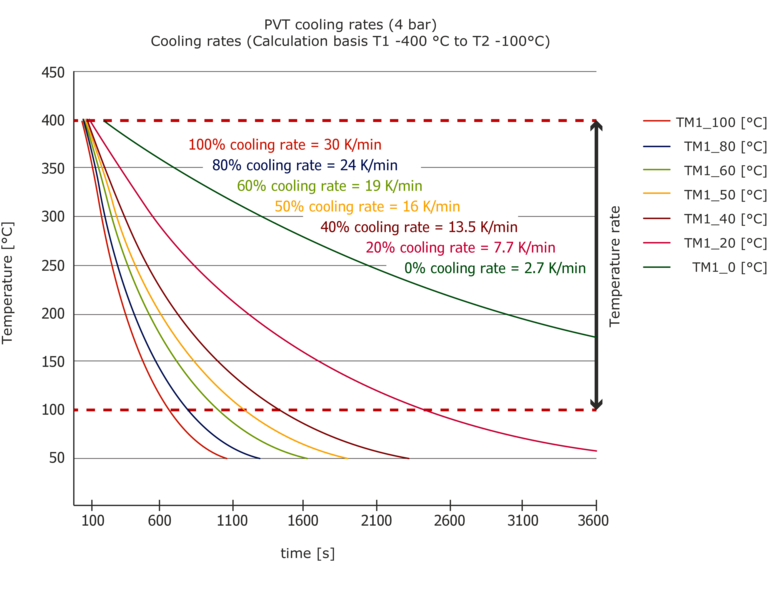 Figure 1: PVT500 - Different maximum cooling rates at the same cooling flow rate
Figure 1: PVT500 - Different maximum cooling rates at the same cooling flow rate
Figure 1 shows the achievable cooling rates at constant volume flow, where the volume flow is maximum at 30 K/min. Below 200°C, the cooling rate then decreases when a constant volume flow is set, so that higher and higher volume flows are required at a constant cooling rate.
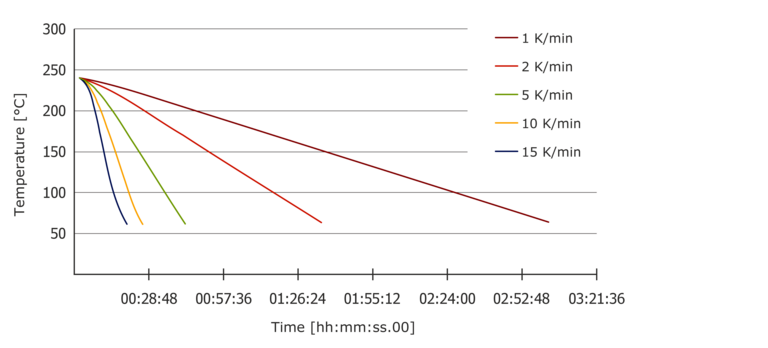 Figure 2: PVT-500 temperature curve at constant cooling rate
Figure 2: PVT-500 temperature curve at constant cooling rate
Figure 2 shows the temperature loss below 250°C. Here, constant cooling rates of up to 10 K/min can be achieved up to about 100°C. Even the cooling rate of 10 K/min is constant up to approx. 80°C and only then does a slight decrease in the cooling rate occur. Now, to be able to measure at higher cooling rates and at low temperatures, air alone is not sufficient. Therefore, the PVT500-Hybrid extends the range of high cooling rates to low temperatures by combining air and water.
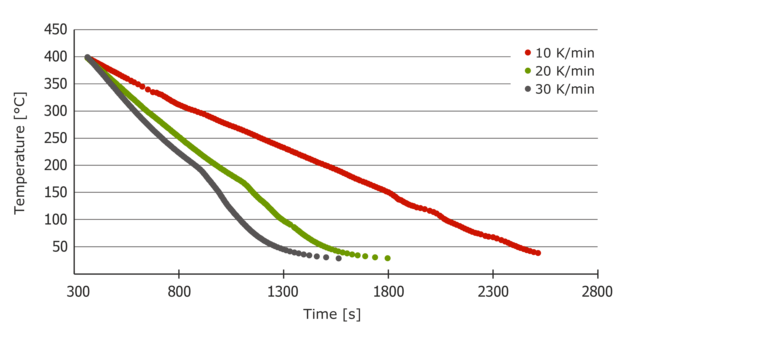 Figure 3: Extension of the cooling rate by hybrid cooling air/water
Figure 3: Extension of the cooling rate by hybrid cooling air/water
Figure 3 shows here the extension of the cooling rate to 30 K/min also for the lower temperature range up to approx. 60°C. For the cooling rate, this results in a further temperature range from approx. 100°C for the previous PVT500 to below 50°C. Due to the extended temperature range and the extension of the cooling rate, especially the crystallization range of semi-crystalline polymers can be investigated in an even wider range.
Application examples
The extended temperature range and the higher cooling rate in the lower temperature range are used in the analysis of the crystallization of semi-crystalline materials. The crystallization of semi-crystalline materials is significantly influenced by the cooling rate. The materials then become more amorphous because the nucleation of the crystallization nuclei is prevented. This is used, for example, in film production. In injection molding, the higher cooling rate leads to a different specific volume, which must be taken into account in mold simulation.
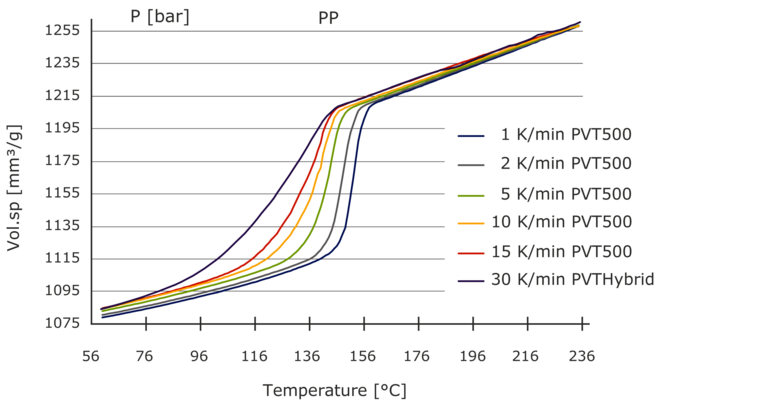 Figure 4: Influence of cooling rate at 500bar - PVT500 and PVT500 Hybrid
Figure 4: Influence of cooling rate at 500bar - PVT500 and PVT500 Hybrid
Figure 4 shows the influence of the cooling rate on isobaric cooling for a PP as an example. Here, the PVT500 covers the range up to 15K/min, whereby at 15K/min the cooling rate is constant only up to approx. 150°C. The PVT500 Hybrid now extends the range up to 30 K/min with a constant cooling rate for almost the entire temperature range. A clear shift in the melting point from 158°C at a cooling rate of 1 K/min to 142°C at 30K/min can be seen here. The volume in the solid range at a cooling rate of 30 K/min is also about 1% higher than the volume at a cooling rate of 1 K/min. The largest differences, however, occur in the transition region. This is usually also where the cavity is opened during injection molding. This results in a different volume at different cooling rates.
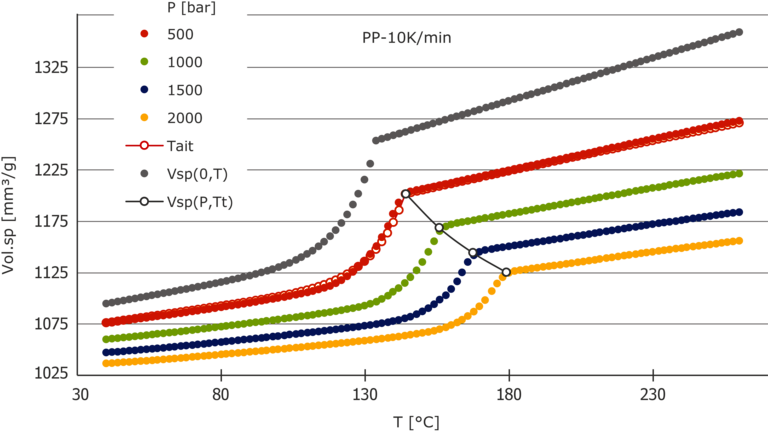
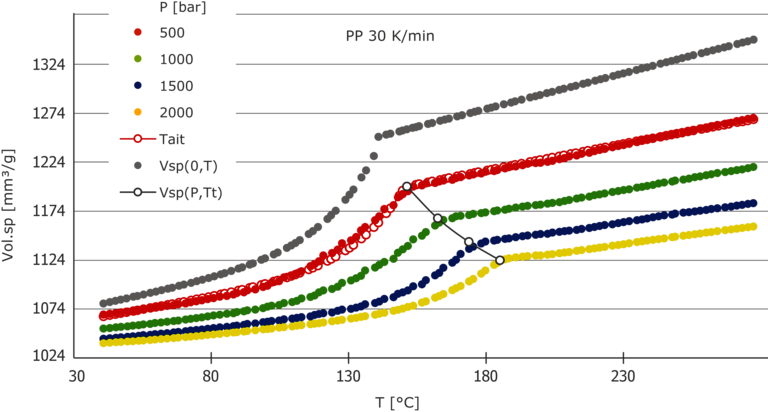 Figure 5: Influence of the expansion of the cooling rate by the PVT500 Hybrid (bottom) compared to the PVT500 (top)
Figure 5: Influence of the expansion of the cooling rate by the PVT500 Hybrid (bottom) compared to the PVT500 (top)
Figure 5 now shows the difference between the currently used maximum cooling rate of 10 K/min for the generation of a complete PVT diagram for the PVT500 and the cooling rate of 30 K/min for the PVT500 Hybrid.
This shows a more pronounced shift in melt temperature, especially for the higher pressures. The curves are closer together and the transition range is much flatter overall. At 200bar in particular, an almost amorphous material behavior emerges, since the transition range is extremely much weaker. Both diagrams can be easily approximated by the Tait model, so that the influence of the cooling rate on the specific volume can very easily find its way into the process simulation by injection molding. In this way, the different cooling behavior in mold areas with different thicknesses can be better considered.
Conclusion
The PVT 500 Hybrid offers an effective extension of the PVT500 towards higher cooling rates. Until now, only cooling rates up to approx. 10 K/min could be realized in the lower temperature range. The extension to 30 K/min also in the lower temperature range opens up an effective analysis of the crystallization behavior of semi-crystalline materials and extends the application of the data also for significantly different tool thicknesses with small cross sections.